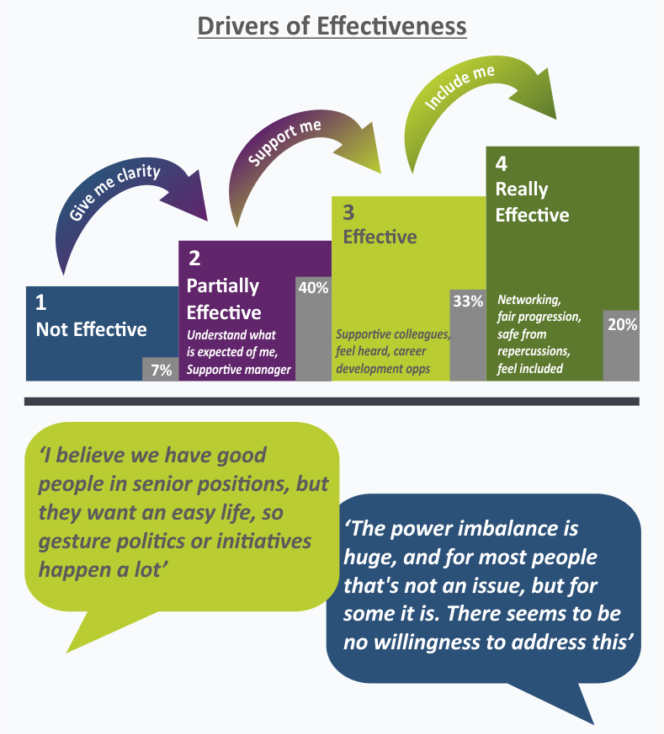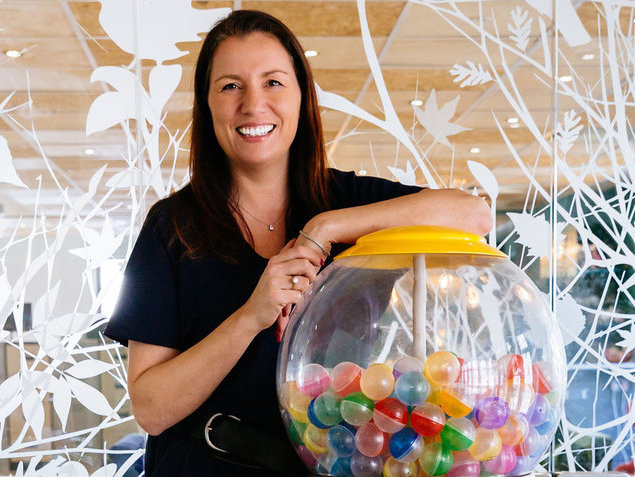understand your culture
discover the levers that shape your culture to make the invisible visible and measurable change actionable

how it works
Culture is the sum of what you feel, believe, and do, and the stories you share about your organisation. It is the operating system that shapes and defines every input and output.
You can consciously shape the culture and direction of your university, faculty, or school when you know where you’re starting from.
Cultural Conversations and Narrative Investigations are two tools we use to involve your people in an enquiry about how your culture is experienced.
cultural conversations
A Cultural Conversation is a co-created programme that we design with you.
Together we review why you want to change your culture and where you would like to get to. Then we co-design an enquiry, which might include some or all of:
- a survey
- one-on-one conversations,
- focus groups
- workshops
- peer-to-peer interviews
Based on these, we produce a set of reports that tell the story of your culture, what drives it and what practical things are most likely to improve it. We share this story across your organisation to catalyse colleagues to take action.
We use the process itself as a key enabler for achieving the shift.
We can then support your colleagues to develop and prototype possible solutions, empowering them to shape the change (read more about our our culture change implementation programmes).
We have run Cultural Conversations for organisations such as Nottingham University, King’s College London’s Schools of Neuroscience and Academic Psychiatry, and Crop Health and Protection.
understand your stories
Narrative investigation is a fast and cost effective way to identify opportunities and barriers to improving effectiveness. It helps people feel heard so the process itself can contribute to a shift. It is especially effective when run in partnership with your leadership team.
Narrative Investigation focuses on the stories people tell about themselves and the organisation. These are the stories that define you, and have the power to limit or enhance what you achieve together.
- 30 minute conversations with your community
- key indicator questions map engagement and effectiveness
- exploration of levers and barriers
- comparison with leadership experiences to reveal divergent themes
- report within two weeks – key narratives that empower or block effectiveness
